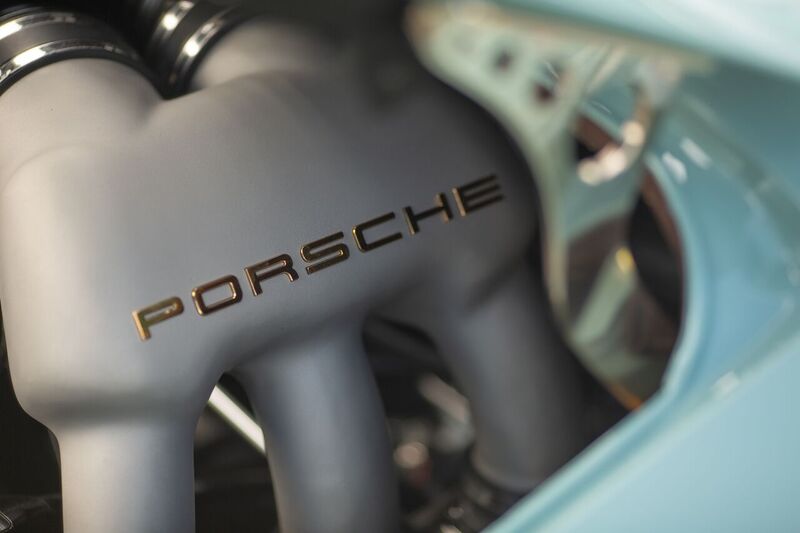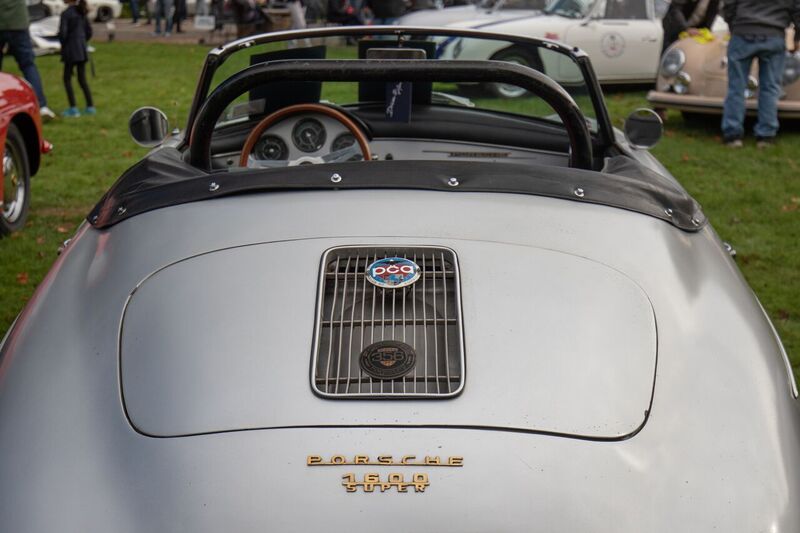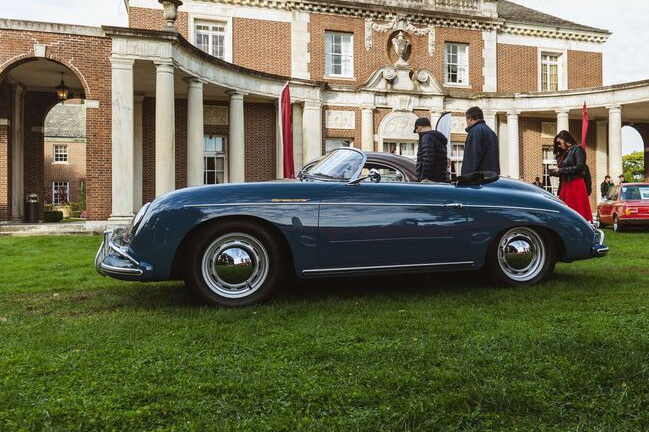Photos by Andrew Miterko
The chilly pre-dawn air brought a mist that blanketed the great lawns of the De Seversky mansion in Long Island, New York. Through the dark, halogen-beam headlights shone their yellow-brown light across the sweeping driveway leading to the mansion, the unmistakable bass and clatter of nearly a hundred air-cooled engines playing the morning soundtrack. As the fleet of Porsches rumbled across the cobblestone driveway in front of the mansion en route to their positions on the terrace and lawn, the sun crept toward the horizon and illuminated the skies above in magenta and orange light.
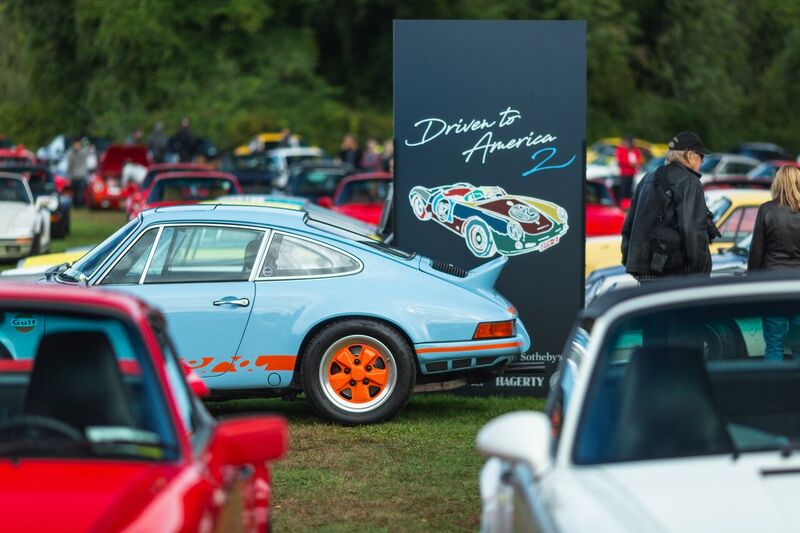
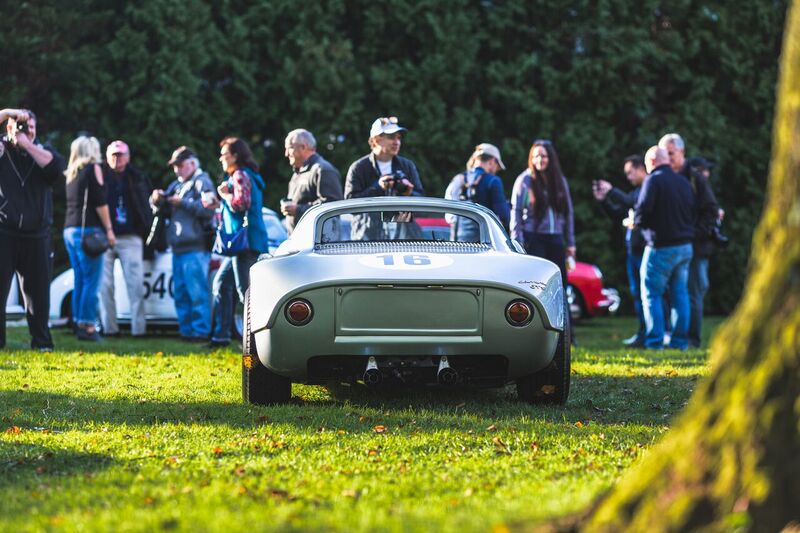
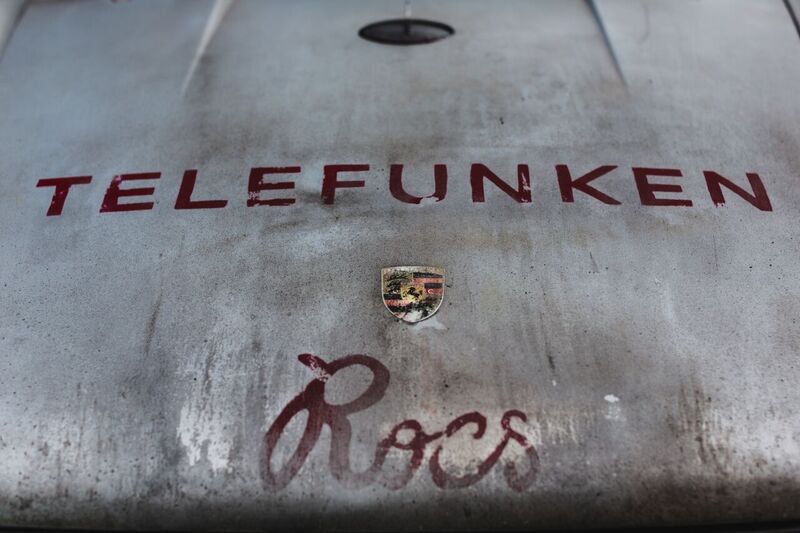
As the sun cleared the tree lines, all the vehicles settled into their places and the scene unfolded to spectators. Golden morning light cast highlights and long shadows across rows of iconic Porsches of various generations and colors. They traveled from as far north as Canada and as far west as California. Looking down the rows of duck tail spoilers, the telltale round headlights and fenders of 911s spanning four decades, across whale tails and slant noses, past the unmistakable shapes of 356s, hundreds of spectators, owners, racers, and enthusiasts of all ages conversed over all things Porsche. They shared stories of each vehicle’s history and significance, the intricacies between models, and expressing various emotions toward the restored, original and modified “outlaw” models in attendance. Overlooking the scene, it’s evident that the passion for the marque hasn’t waned in the slightest over time – if anything, it has grown exponentially.
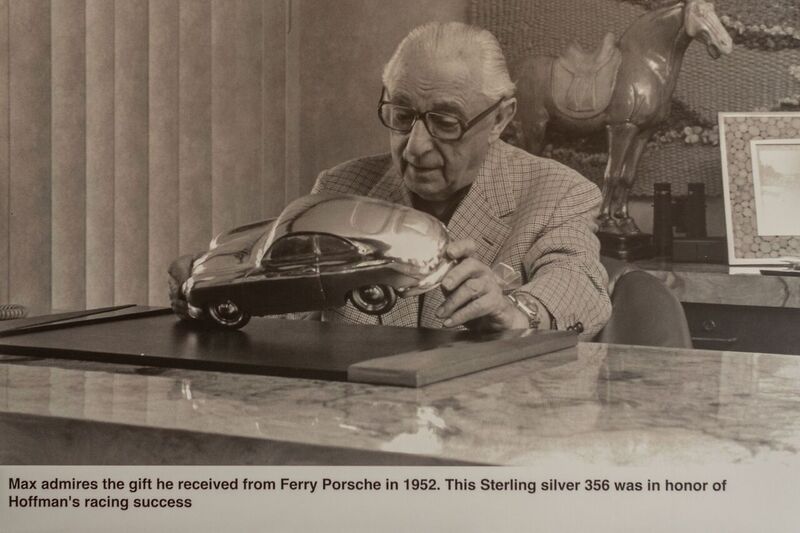
None of this would have been possible without the efforts of the man to whom this event pays homage – the one and only Maximilian E. Hoffman. David Jacobson, owner and founder of Collector Car Showcase, felt the need to ensure that Max’s legacy does not fall by the wayside; thus Driven to America was born.
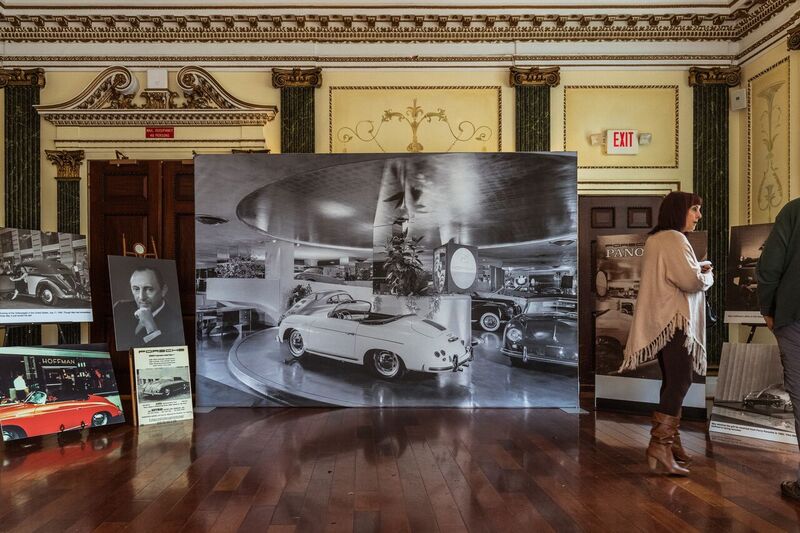
An Austrian born racing driver and businessman, Max had established relationships within the automobile industry in Europe that shaped his ambitions after fleeing to America in the late 1930’s to escape Nazi influence. Once settled in the States, Max designed, manufactured, and sold women’s costume jewelry during the War. This was lucrative enough that, in the peace, he returned to the business, selling Jaguar and Volkswagen among others, and adding Porsche in 1950. In 1954 he commissioned Frank Lloyd Wright to design a Park Avenue showroom in Manhattan, New York, to attract style-conscious customers throughout the east coast. As his success grew, so did the attention from larger European manufacturers such as Mercedes Benz, BMW, and Alfa Romeo. Max directly influenced the development, characteristics and even the shape of some of the most successful sports cars of the era such as the 356 Speedster and Mercedes-Benz 190SL and 300 SL. He even created the Porsche crest during lunch one day with Ferry Porsche.
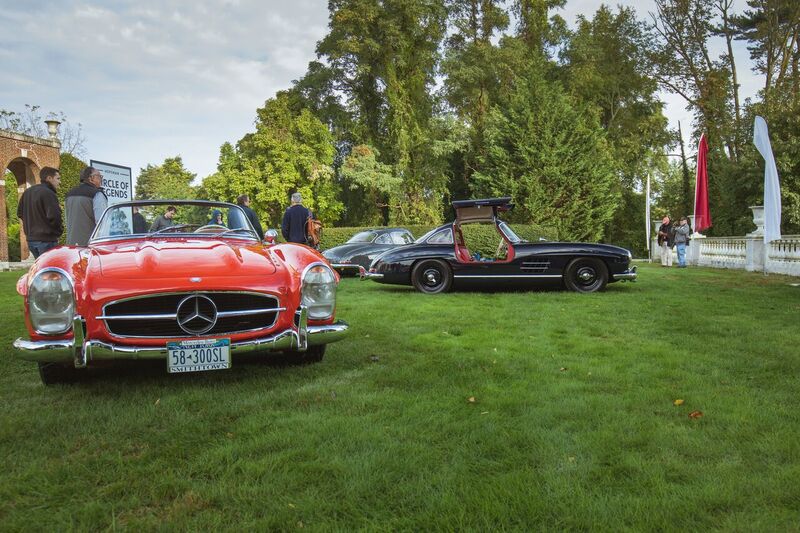
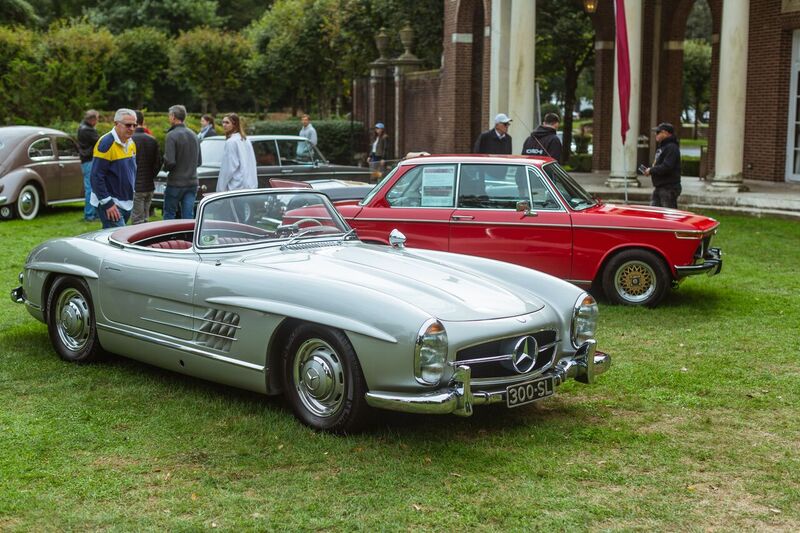
Larry Webster, Hagerty’s VP of Content, moderated a panel discussion about Max’s history with and involvement in developing and marketing the marques he imported, how he changed American’s thinking about “imported” cars, and how he largely created the American sports car market. Historian Prescott Kelly weighed in; Kelly is the only recipient of the lifetime achievement awards from both the Porsche Club of America and the 356 Registry. Ray Shaffer, Manager of Porsche Cars North America’s Classic factory restoration division and curator of the Heritage Gallery at P.E.C. Atlanta, joined the conversation, as did Cam Ingram whose Road Scholars recently restored one of Hoffman’s first creations, the 1952 Porsche America Roadster.
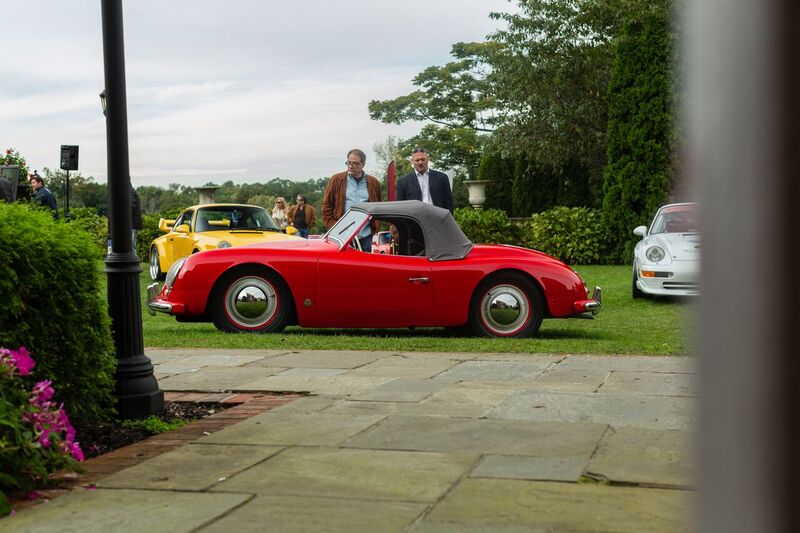
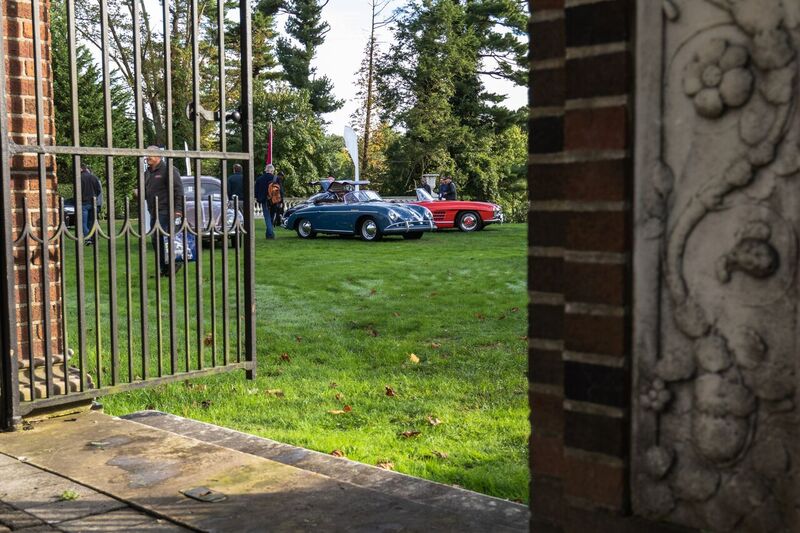
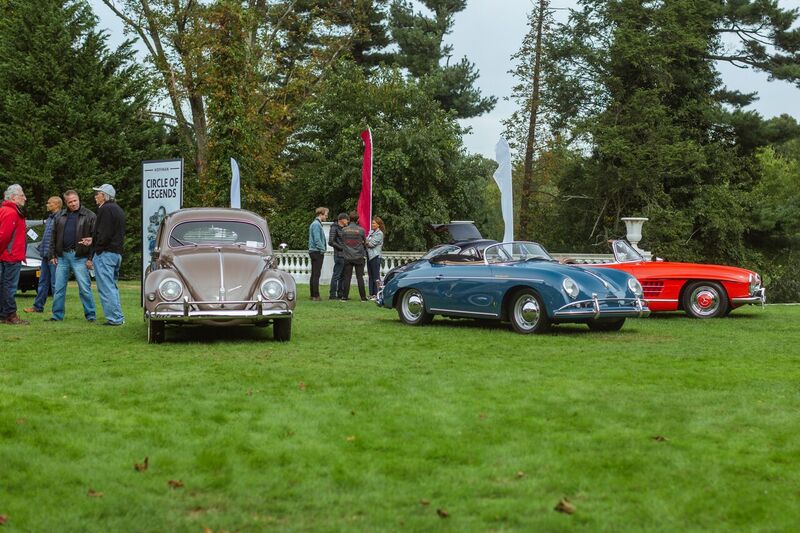
The vehicles on display throughout the grounds reinforced Max’s impact on Porsche and other marques in the American market: A few steps through the archway to the garden revealed the Circle of Legends, an exhibit reflecting Max’s influence: A non-metallic Aquamarine Porsche 356 Speedster, the instantly recognizable VW Beetle, the Albrecht Goertz-designed BMW 507 Roadster, two BMW 2002s, a Jaguar D type racecar, a pair of 300SL roadsters, and a pair of 300SL Gullwing. The 300 SL’s resulted from Hoffman’s urging Mercedes to produce road-going vehicles based on the W194 racecar, but the 190 SL, he always said, was his favorite.
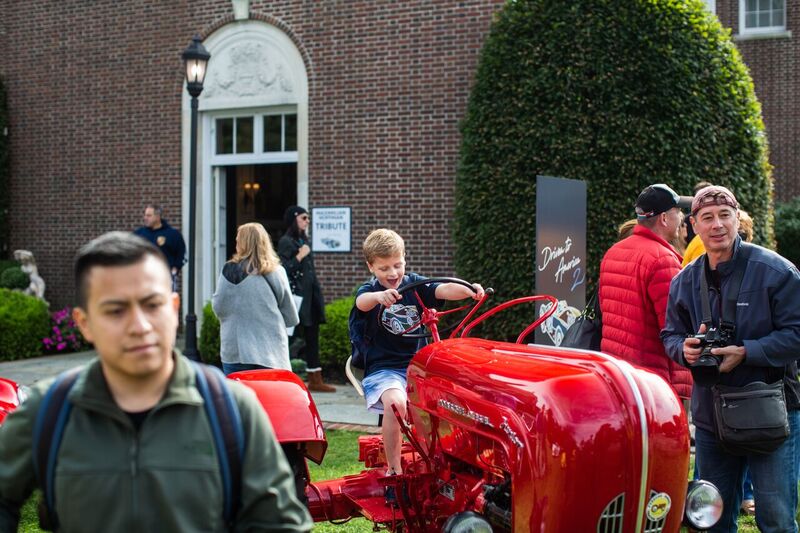
Leaving the circle, guests found the 356 America roadster and a 993 Cup 3.8 RSR and 964 3.8 RS side by side. Further on a 908 sat alongside a Zagato built Speedster. A Martini-livery 918 Spyder sat at the entrance of the mansion. Then came a circle of Speedsters and 356’s, and a 1966 Daytona 24hr competitor 904 Carrera GTS and a 906. There were a host of 356’s, the 1985 Paris-Dakar 959 that had been piloted by René Metge, and more 911 variants than one can list: a Singer commissioned 911; a slew of 2.7 RS in a number of color schemes; a 911 Euro Carrera and a 964 RS both finished in Rubystone; RSR styled outlaws; and track purposed examples mixed in with all-original early 911s in an array of color combinations. Water-cooled GT3s and Turbos lined the lakefront.
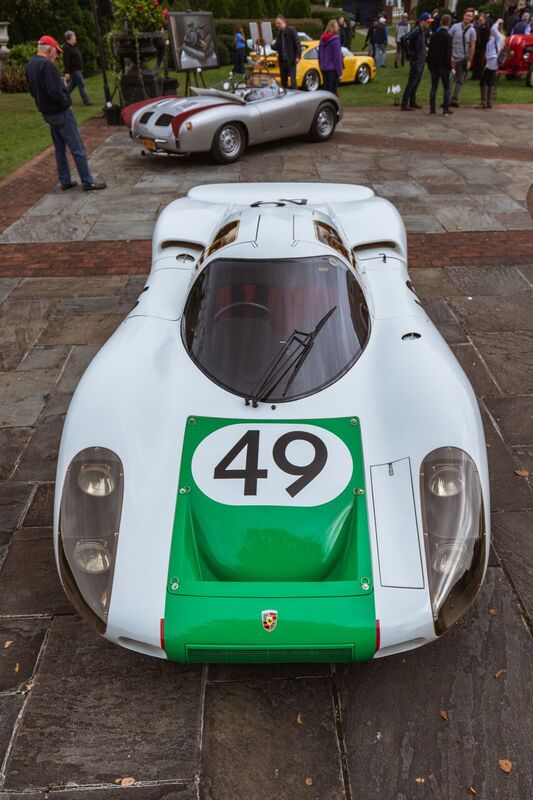
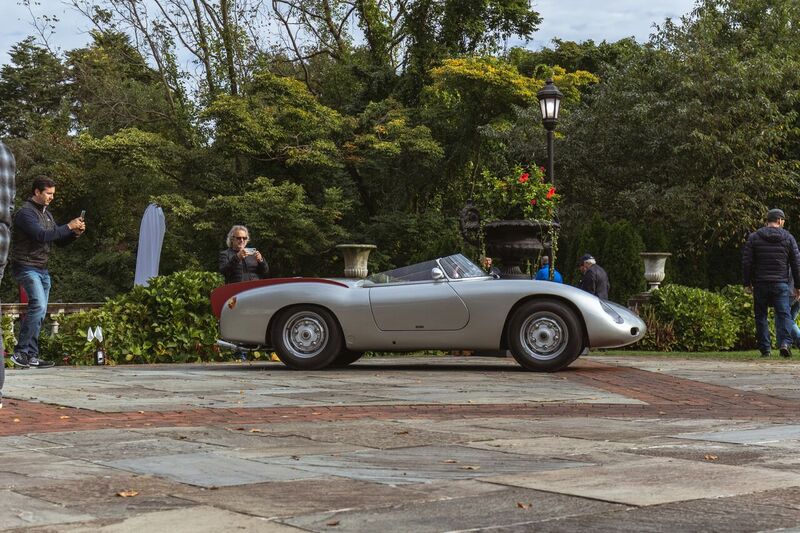
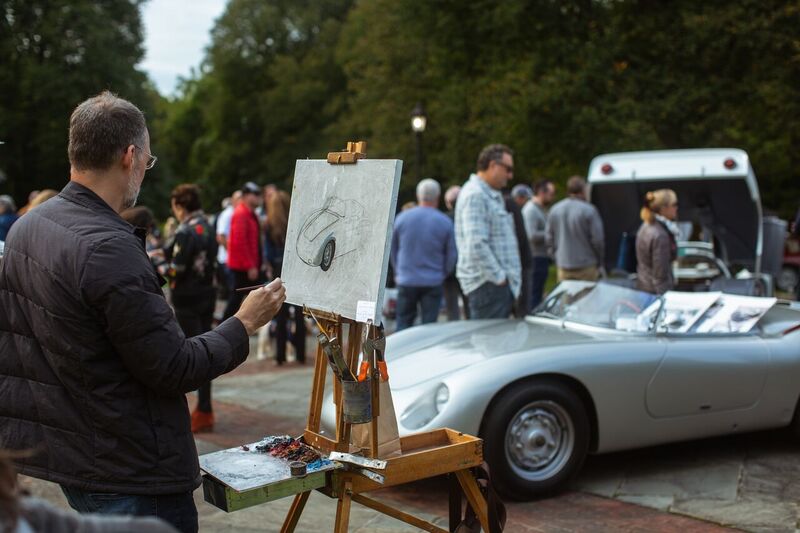
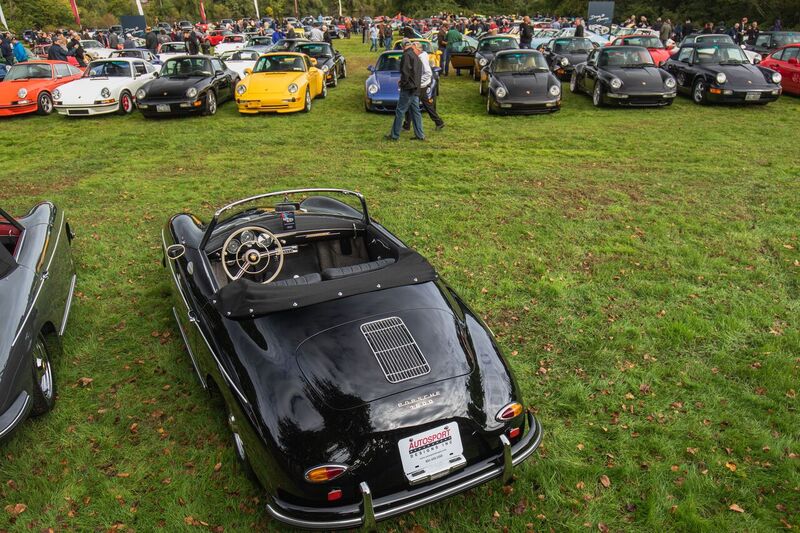
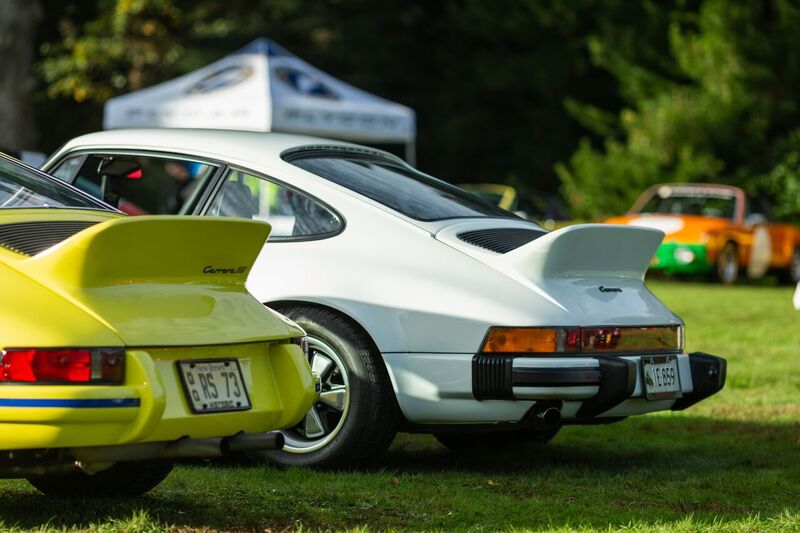
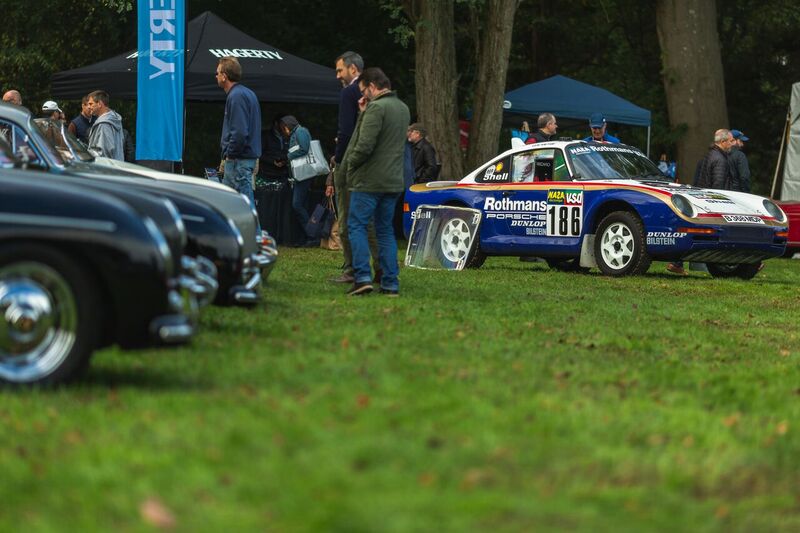
Pleasant hours passed before the event ended with the symphony of Porsche exhausts in the afternoon air parading down the long driveway, carrying on Max’s memory until next year when it comes time to celebrate Hoffman’s legacy once again.
